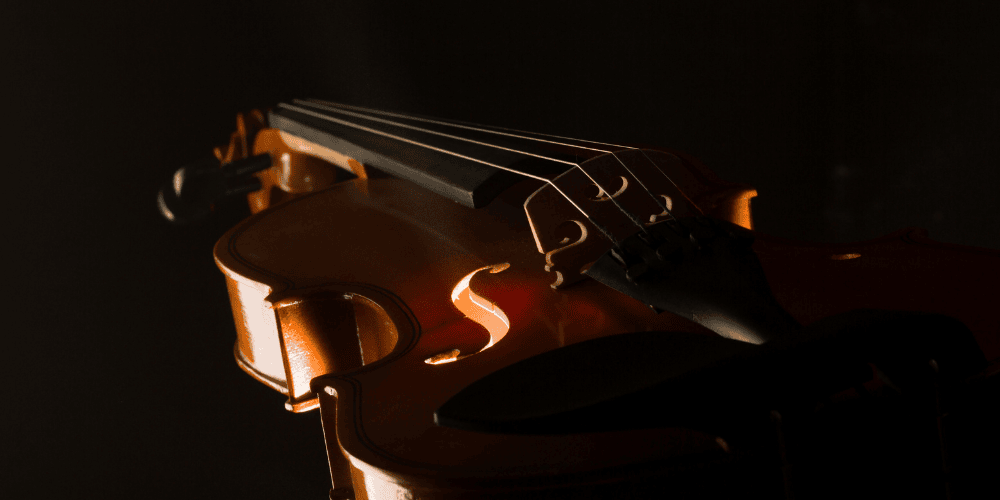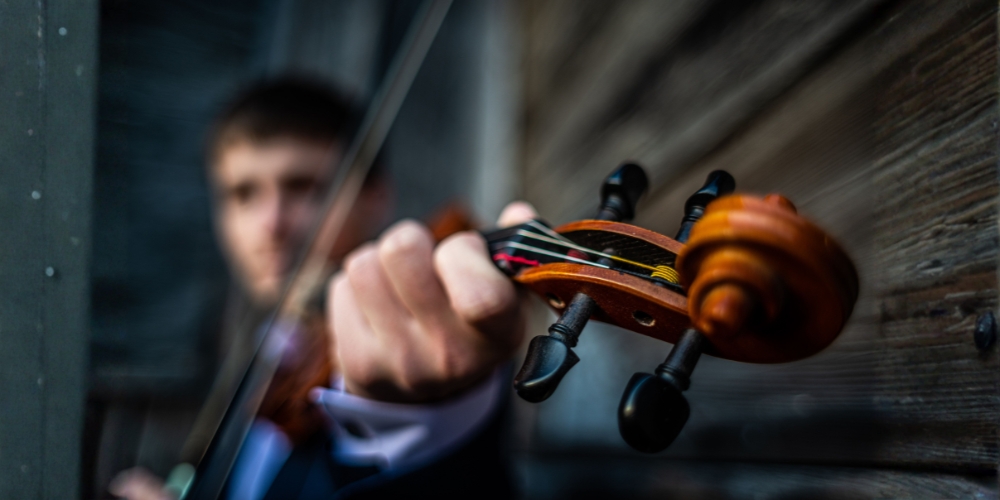Let's see the difference between the violin and viola. Learn to play violin, understand each instrument’s sound, and find the best fit for your musical goals.

When you start learning music, one of the first big questions is whether you should choose to learn violin or try the viola.
At first glance, they look almost identical—both are classic string instruments held under the chin, played with a bow, and essential to an orchestra. However, the moment you listen closely or try holding both instruments, you realize they are two different worlds.
This guide will break down the similarities and differences, explain what you’ll learn as a beginner, and help you decide which instrument is the right fit for your musical journey.
The violin is the smallest and highest-pitched instrument in the string family. It is arguably the most recognizable instrument in classical music, often carrying the melody in orchestral pieces, concertos, and film scores.
A standard violin has four strings tuned a fifth higher than the viola: G–D–A–E. Its higher tuning gives it a bright, brilliant, and expressive sound, making it incredibly versatile across genres, including jazz, folk, country, and pop.
Many beginners choose to learn to play violin first because:
The viola is the middle voice of the string family. It is slightly larger than the violin and produces a noticeably deeper, richer tone.
Its four strings are tuned a fifth lower: C–G–D–A. This tuning allows the viola to play the harmony or inner voice in ensembles, adding a foundational warmth and fullness that is often described as "chocolatey" or "velvety." If you love a mellow, soulful sound over a bright, piercing melody, the viola might be your instrument.
In an orchestra, viola players are always in high demand. If you want to stand out and enjoy a supporting role that gives depth and balance to the music, try to learn the viola, it can be incredibly rewarding!

While their basic playing mechanics are similar, the violin and viola differ in key aspects that affect the learning experience.
Even the slight difference in size changes how you hold and play the instrument. Viola players must stretch their fingers farther and manage a heavier bow, while violinists focus more on speed. Considering your hand size, arm length, and physical comfort is an important step before deciding which to start with.
For most children, the violin is the preferred starting point.
That said, if a child has larger hands or is naturally drawn to the lower, deeper tone, the viola can be a great choice. Viola players are consistently in high demand in youth and professional orchestras, which can be a huge motivator.

Adults have more freedom when choosing an instrument. It’s never too late to learn to play violin or viola! Adult learners often bring patience and discipline with little practice every day, which helps them stay consistent.
Many adult beginners start learning violin first to master the basic techniques—posture, bowing, and note-reading—and then transition to the viola later. The core skills transfer beautifully between the two instruments.
The best way to find your match is to listen, feel, and play. Visit a local music store or schedule a trial lesson to hold both instruments. The right one often "feels" right in your hands.
No matter which instrument you choose, consistent practice and care are crucial.
Whichever path you choose, Ardes Music is here to help you grow, and even offering online violin lessons and community support to make your musical dream a reality.

Absolutely! Many professional musicians start with the violin and switch to the viola later. The basic fundamentals like bow control, posture, and finger positions are very similar, making the transition smooth.
Not necessarily, but the larger size and scale length of the viola can make it physically more demanding at first, requiring more arm extension and strength. The heavier bow also requires a slightly different technique.
Entry-level beginner violin outfits are generally more common and therefore slightly cheaper than entry-level violas. However, high-quality professional-level violas can cost about the same as advanced violins.
If you practice consistently for 20–30 minutes every day, you will be able to play a simple tune and read basic music theory within a few months. Developing solid tone control and expressive phrasing often takes a few years, but the key is to stay motivated and enjoy the process.